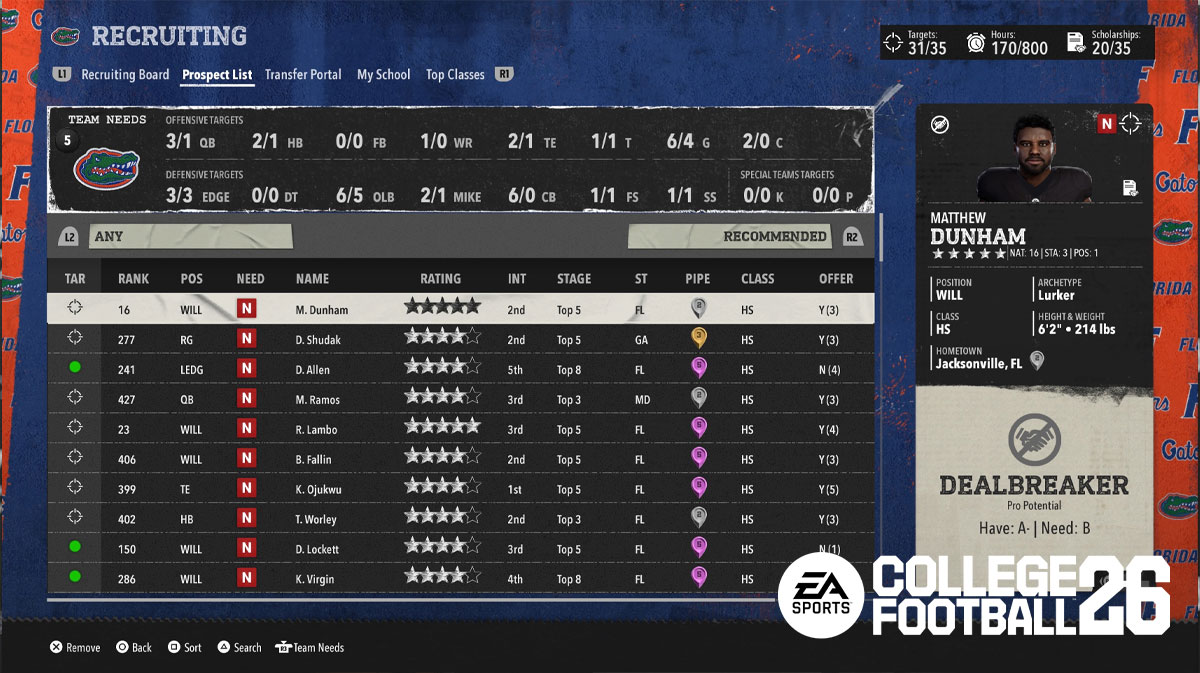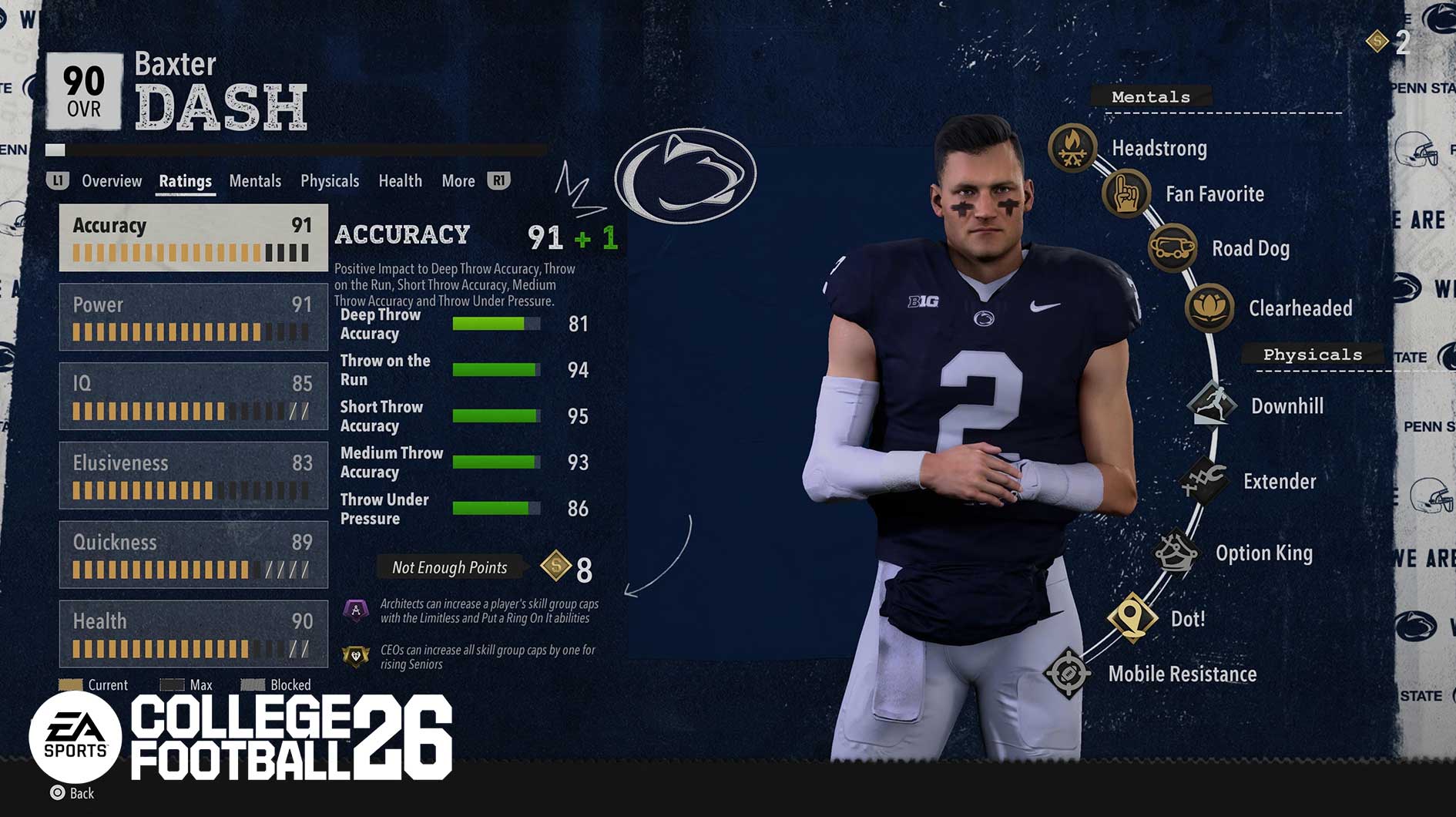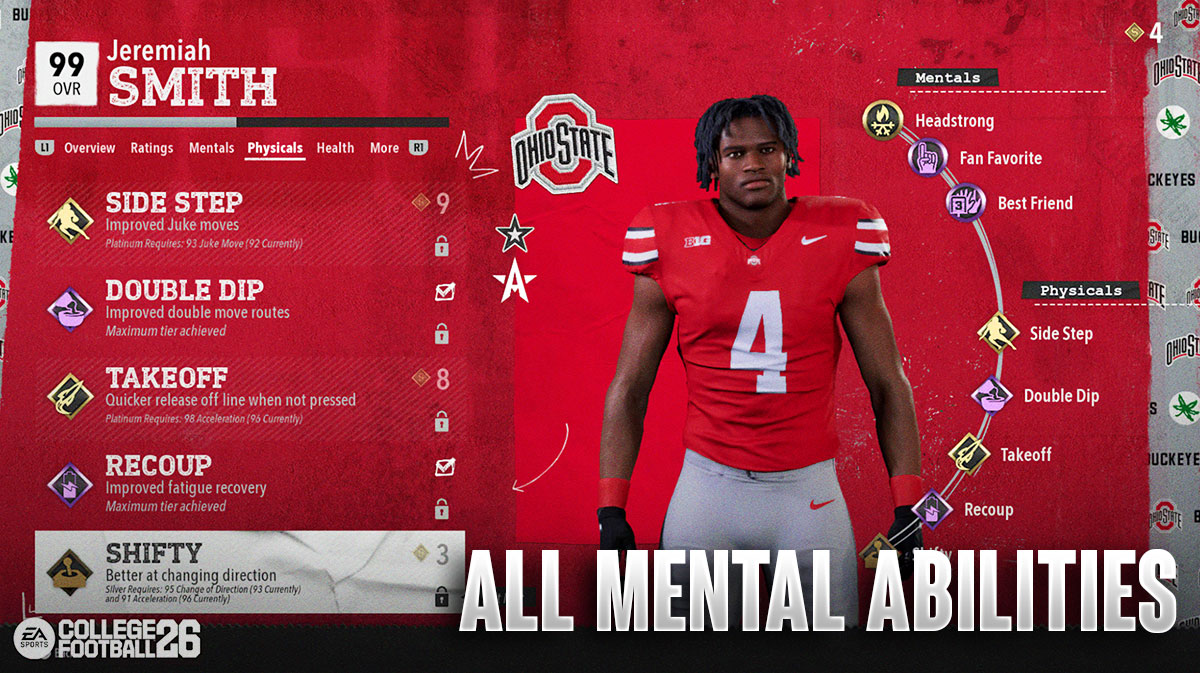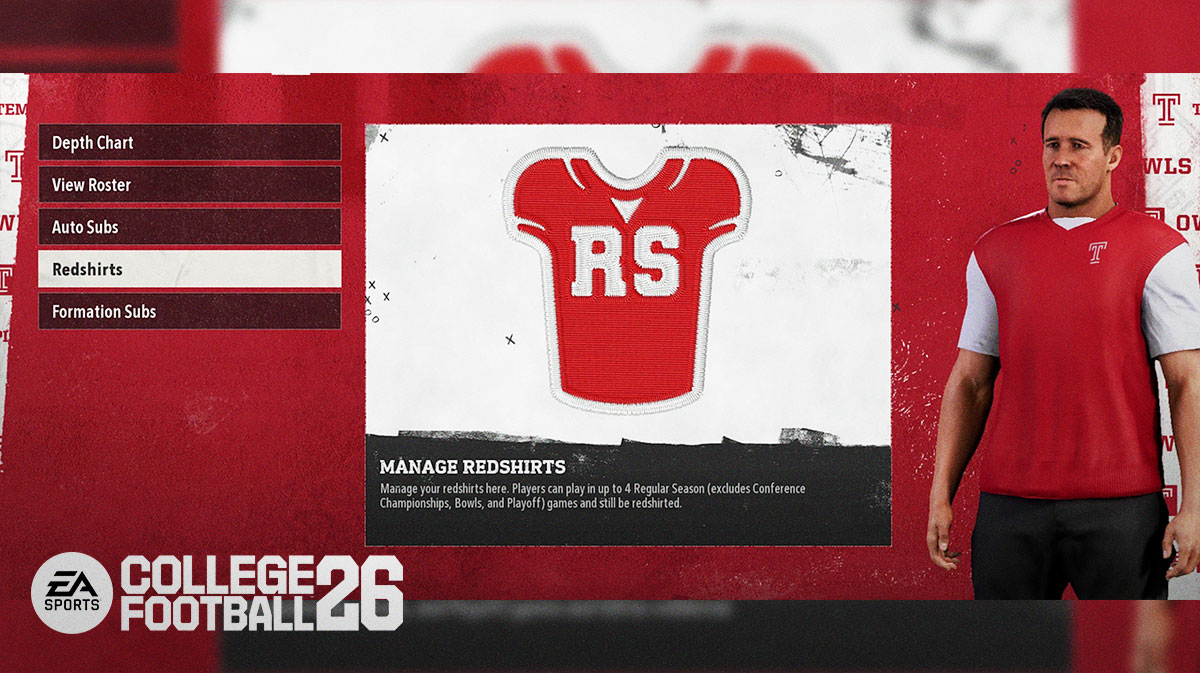The strongest potions are an important part of any adventure. Of course, these potions had to be made and sold to the adventurers we've always played as. Now, it's time to play as those potion makers. Here is our first impression of Potionomics, a review of the gameplay and story so far from the demo.
Before we dive into our first impressions, let me explain first just what exactly Potionomics is. Potionomics is a management game where you, the player, must manage a potion store that you inherited. Managing this store includes not just selling the potions, but also making them. Potions have specific recipes, and it is your job as the potion maker to make these potions perfectly for sale. Players must manage their time, properly allocating time for potion brewing, selling, and exploring. Players can explore the town to buy ingredients, upgrade and repair their houses, and meet new people. You can even romance some of the people you'll meet. Now that you have a basic summary of Potionomics' story and gameplay, let's dive into our first impression of the game.
Potionomics First Impression
When I first booted up Potionomics, I had just finished writing my work-in-progress review for Potion Permit. I was, admittedly, kinda disappointed with the game I was so hyped up about. I love potion-making in games, so I had high hopes for Potion Permit that was, sadly, not really met. When I saw Potionomics during the Steam Next Fest, I thought I would give it a try. I immediately dove into the story of Potionomics, where I learned that my character, Sylvia, had inherited a potion store from her uncle. Rather than a beautifully made and bustling store, what Sylvia inherited was a store in horrible condition, threatening to fall apart. I immediately realized that it was going to be one of those games, where I had to rebuild a store from the ground up.
The gameplay loop of Potionomics was very simple and easy to understand. Instead of bombarding me with text box upon text box of tutorials, the game taught me the ropes as I went along. My first task was to display potions, and the shop interface was very intuitive. You just dragged potions that you wanted to sell over to the displays, and their prices were automatically assigned. I would learn later on that the display's condition and type would affect prices, which made sense to me. Even if my potions were the strongest in town, no one would pay a lot for them if it was on a broken and tattered display.
What came next was the selling part of the game, and this was where I was once again pleasantly surprised. As it turns out, the negotiations in this game play out like trading card games. Sylvia and the potion buyer take turns to haggle over the price of the potion. As you try to raise the buyer's interest in the potion, they will try to find faults in you and your potion. This leads to your stress going up, which can lead to some detrimental cards being drawn. The basic goal of each negotiation is for you to drive their interest in the potion as high as possible, before sealing the deal. Of course, negotiations don't last forever, as you have a set amount of Time to negotiate. Ending your turn consumes one Time by default, while playing cards also consumes Time.
This act of balancing the Time you have, and trying to get the price as high as possible is one of the things I love about the game. The haggling sessions are short enough that you don't feel like you're doing it all day but long enough that they don't feel insignificant to the game. The developers were able to make the haggling sessions fun and enjoyable. The six negotiations I had to do during the demo got me hooked on Potionomics' gameplay.
Of course, you're not going to be haggling the whole day. During your downtime, you will be making potions using the shop's cauldron. Potions don't have a set recipe but instead are made up of a certain number magimins. The magimins come in five different types, labeled A through E, and have a specific color. The goal when brewing potions is for the player to have the correct ratio of magimins in the pot for the potion they are trying to make. As long as the ratio of magimins is correct, you will be able to craft the potion. Of course, the more ingredients the player puts into the cauldron the more potions they'll make, and higher the chance for the quality to go up. This system makes it very easy to craft potions, as there is no set recipe for it.
The game also introduces the map and exploration system. During your downtime, Sylvia can step out of the shop for a while to explore the town. While in town, you can buy ingredients, upgrade your equipment, and even renovate your shop. While out and about, you can run into the people you sell potions to. Talking to them tells you a lot about the story, and sometimes gives you new cards to use as well. There's even a romance feature, where Sylvia can enter a relationship with some of the NPCs. Romance is not gender-locked, so you can fall in love with anyone you want.
After exploring, you can go back to your shop and sell again. The shop has a morning shift and an afternoon shift, so you will have two chances each day to sell the potions you brew. This is important because other than the shop, your uncle also left behind a massive debt for you to pay. Managing your money between renovation, ingredients, and paying off the debt is an important part of the experience, so players must make sure to do it properly.
The end of the demo introduced me to another thing I have to contend with. This comes in the form of another potion store, whose owner made it a point to go against Sylvia. Other than battling the debt, the player must also make sure that the townsfolk recognize the quality of their potions. After all, no matter how many potions you have for sale, you won't earn if no one buys them. This competition pushes the player forward, making sure that they always strive to make the strongest potions.
Let's not forget, by the way, the graphics of this game. When you're managing and setting your shop up, the game takes on this cute, anime-style view. When you're haggling or exploring the town, however, it takes on a 3D view. Players can see Sylvia with a proper, animated character model. The same goes for the people you interact with. You can easily see the character's emotions and reactions in this view, which made me like it a lot. To be perfectly honest, I had my doubts when I first saw screenshots of this on the store page. However, after trying out the game for myself, it actually warmed up to me.
To summarize, I feel like this is a very solid game. Potionomics' gameplay loop is interesting, and the haggling system itself was very engaging. The potion making too was very intuitive and easy to understand. This game has just the perfect amount of hand-holding and knows when to let go. The tutorial didn't even feel like much of a tutorial, as it was perfectly in line with the Potionomics' story. I was very much hooked on this game, and I am very much excited to play it on release.
If you are as interested in trying out the game yourself, it currently has a downloadable demo as part of the Steam Next Fest. You can download the demo here to experience Potionomics' gameplay and story for yourself.
Potionomics will be available on PC on October 17, 2022. Make sure to wishlist the game if you find it as interesting as I did.
For more gaming news, click here.


















